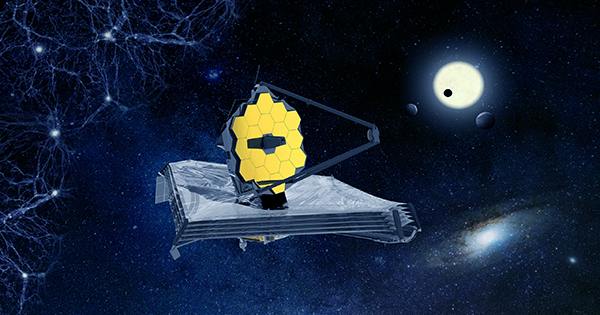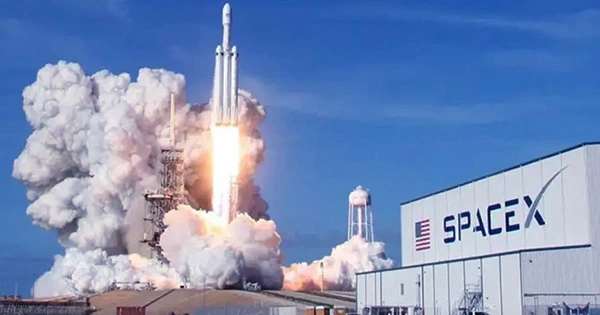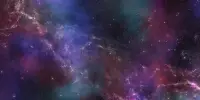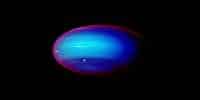There is a gadget aboard the International Space Station (ISS) that is about the size of a minifridge. Inside, researchers have been able to produce bubbles at almost absolute zero that might be utilized to investigate the fifth state of matter in the future. This is a significant accomplishment. They are impossible to manufacture on Earth. Gravitational effects on Earth tend to compress these potential bubbles into something that looks like a contact lens, but gravity can be ignored on the ISS, where NASA’s Cold Atom Lab, the first quantum physics facility in space, and these strange structures can be formed, thanks to the continuous free-fall of an orbital experiment.
Recent research published in Nature describes how these bubbles were created from gas chilled to one-millionth of a degree above absolute zero, the universe’s lowest temperature. Researchers in California have discovered that they can run the Cold Atom Lab — the coldest known location in orbit – without the need for astronauts. “These aren’t your typical soap bubbles,” stated David Aveline of NASA’s Jet Propulsion Laboratory’s Cold Atom Lab scientific team in a statement. “We know of nothing in nature that gets as cold as the atomic vapors created in Cold Atom Lab.” So we start with this one-of-a-kind gas and investigate how it responds to fundamentally diverse geometries.

And, in the past, manipulating material in this way has resulted in highly intriguing physics as well as novel applications.” They began with little blobs of ultracold gas that were subsequently stretched into thin bubbles. The biggest have a 1-micron thick shell and are around 1 millimeter in diameter. That indicates the shell is around one-thousandth the size of the bubble. This bubble is made up of about 1,000 atoms. A billion trillion molecules would fill the same amount of air on Earth.
“The next stage is to convert the gas to a phase of matter called Bose-Einstein condensate, or BEC.” When substances are in BEC, they display quantum characteristics on a scale observable to the naked eye, thus BEC is commonly referred to as the fifth state of matter. These systems exhibit remarkable behaviors, and putting them in space allows for a whole new method of studying them. “Our major aim with Cold Atom Lab is basic research — we want to exploit the space station’s unique space environment to investigate the quantum basis of matter,” said Jason Williams, Cold Atom Lab’s project scientist.
“An excellent illustration of that is studying ultracold atoms in novel geometries.” Although fundamental physics research is not done with applications in mind, breakthrough innovations appear to be a natural result. Our quest for solutions to nature’s greatest secrets has resulted in electronics, lasers, and even the World Wide Web.
















